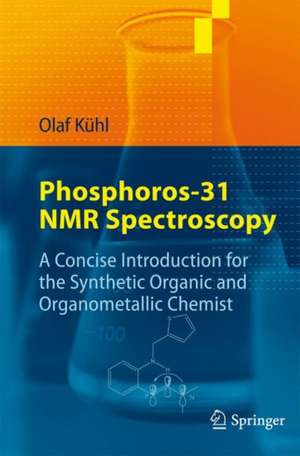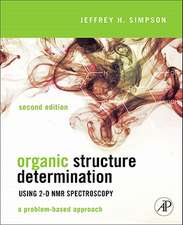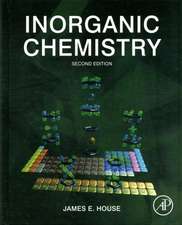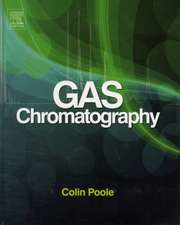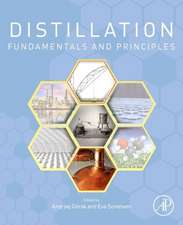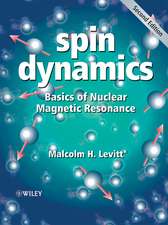Phosphorus-31 NMR Spectroscopy: A Concise Introduction for the Synthetic Organic and Organometallic Chemist
Autor Olaf Kühlen Limba Engleză Paperback – 10 sep 2008
Preț: 414.21 lei
Nou
Puncte Express: 621
Preț estimativ în valută:
79.26€ • 82.97$ • 65.58£
79.26€ • 82.97$ • 65.58£
Carte tipărită la comandă
Livrare economică 05-19 aprilie
Preluare comenzi: 021 569.72.76
Specificații
ISBN-13: 9783540791171
ISBN-10: 3540791175
Pagini: 148
Ilustrații: XIV, 132 p. 145 illus.
Dimensiuni: 155 x 235 x 38 mm
Greutate: 0.25 kg
Ediția:2008
Editura: Springer Berlin, Heidelberg
Colecția Springer
Locul publicării:Berlin, Heidelberg, Germany
ISBN-10: 3540791175
Pagini: 148
Ilustrații: XIV, 132 p. 145 illus.
Dimensiuni: 155 x 235 x 38 mm
Greutate: 0.25 kg
Ediția:2008
Editura: Springer Berlin, Heidelberg
Colecția Springer
Locul publicării:Berlin, Heidelberg, Germany
Public țintă
Professional/practitionerCuprins
Short Review of NMR Theory.- The Range of Chemical Shifts, Coupling Constants, and What Influences Each.- Oxidation State from P(-III) over P(0) to P(+V).- ?5-phosphanes.- ?3-Phosphanes.- Main Group Compounds.- Transition Metal Complexes.
Caracteristici
Good and quick overview over the topic Written for the Synthetic Chemist keeping theoretical considerations to a minimum Particularly well suited for the identification and prediction of new compounds Explains the structure-spectra relationship Includes supplementary material: sn.pub/extras
